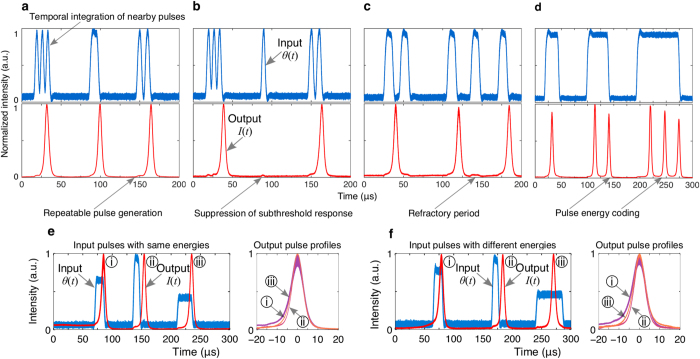Figure 3. Excitable dynamics of the graphene fiber laser.
Note the blue and red curves correspond to input and output pulses, respectively. (a–c) Excitatory activity (temporal integration of nearby pulses) can push the gain above the threshold, releasing spikes. Depending on the input signal, the system can lead to (a) repeatable pulse generation, or suppressed response due to the presence of either (b) sub-threshold input energies (integrated power  ) or (c) a refractory period during which the gain recovers to its resting value and the laser is unable to pulse (regardless of excitation strength). (d) Typical bursting behavior i.e. emission of doublets (two spikes) and triplets (three spikes) when a strong input drives the system over the threshold to fire repetitively. (e,f ) Restorative properties (repeatable pulse reshaping) of spike processing; inputs with either the (e) same or (f ) different energies. Test conditions: (a) three 4 μs input pulses separated by 3 μs followed by a 10 μs pulse after 52 μs delay, and two 5.5 μs pulses separated by 4.5 μs after 50 μs delay; (b) three 4 μs input pulses separated by 3 μs followed by a 4.5 μs pulse after 52 μs delay, and two 5.5 μs pulses separated by 4.5 μs after 50 μs delay; (c) five 10 μs input pulses separated by 10, 50, 20, and 25 μs delays, respectively; (d) three input pulses with widths 25, 40, and 80 μs separated by 55 μs; in (a–d) the 980 nm pump is biased at 60.4 mW. (e) three input pulses with energies 252, 264, and 256 nJ separated by 85 and 65 μs, result in outputs with pulses widths (i) 7.4, (ii) 6.1, and (iii) 6.9 μs, respectively; 980 nm pump is biased at 61 mW. (f ) three input pulses with energies of 265 nJ separated by 50 and 65 μs, result in outputs with pulse widths (i) 6.3, (ii) 6, and (iii) 6.5 μs; 980 nm pump is biased at 67.6 mA.
) or (c) a refractory period during which the gain recovers to its resting value and the laser is unable to pulse (regardless of excitation strength). (d) Typical bursting behavior i.e. emission of doublets (two spikes) and triplets (three spikes) when a strong input drives the system over the threshold to fire repetitively. (e,f ) Restorative properties (repeatable pulse reshaping) of spike processing; inputs with either the (e) same or (f ) different energies. Test conditions: (a) three 4 μs input pulses separated by 3 μs followed by a 10 μs pulse after 52 μs delay, and two 5.5 μs pulses separated by 4.5 μs after 50 μs delay; (b) three 4 μs input pulses separated by 3 μs followed by a 4.5 μs pulse after 52 μs delay, and two 5.5 μs pulses separated by 4.5 μs after 50 μs delay; (c) five 10 μs input pulses separated by 10, 50, 20, and 25 μs delays, respectively; (d) three input pulses with widths 25, 40, and 80 μs separated by 55 μs; in (a–d) the 980 nm pump is biased at 60.4 mW. (e) three input pulses with energies 252, 264, and 256 nJ separated by 85 and 65 μs, result in outputs with pulses widths (i) 7.4, (ii) 6.1, and (iii) 6.9 μs, respectively; 980 nm pump is biased at 61 mW. (f ) three input pulses with energies of 265 nJ separated by 50 and 65 μs, result in outputs with pulse widths (i) 6.3, (ii) 6, and (iii) 6.5 μs; 980 nm pump is biased at 67.6 mA.

